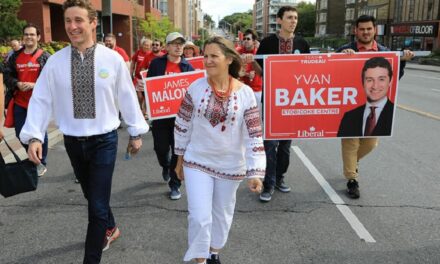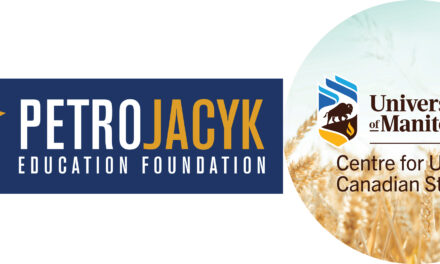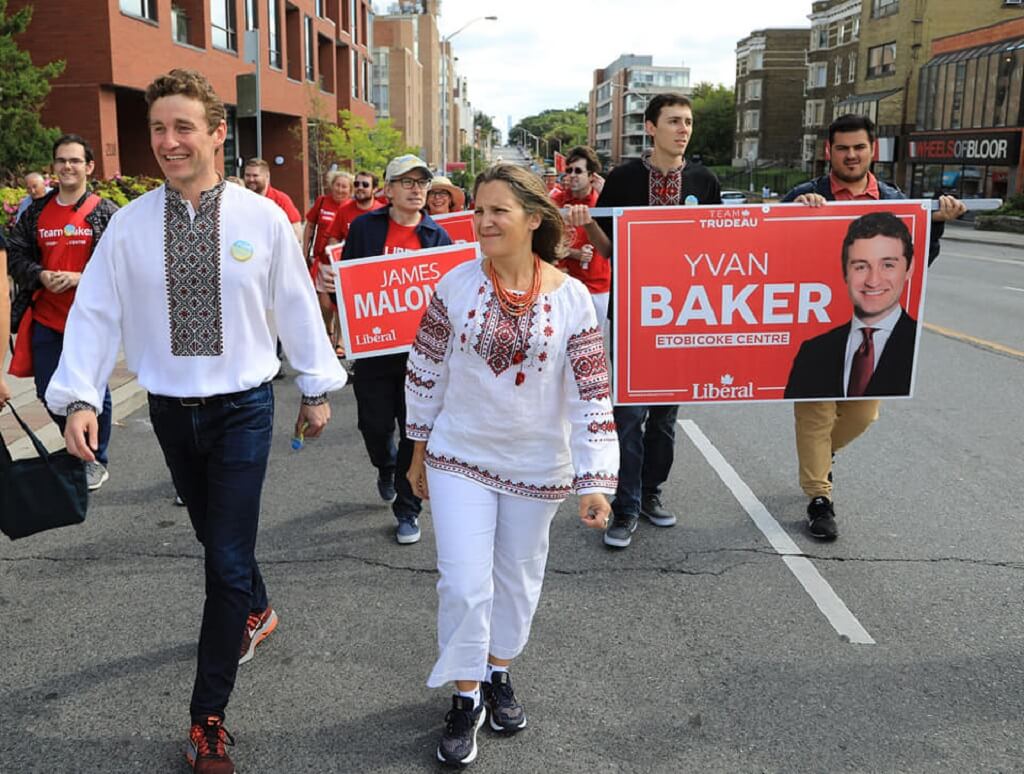Daniel Bartchouk for NP-UN.
Nearly 30 years after it gained its independence from the decrepit USSR, Ukraine has launched a place branding campaign in an effort to change its global image and rid itself of the associative connotations from the former Soviet Union.
The nation is trying to present itself as a hub for investment and tourism, and as a place of opportunity rather than one of “corruption, war and revolution”, as it is still perceived in many areas of the world.
Place branding involves engineering associative meaning derived from marketing, advertisement and identification of a country’s ideal. Therefore, the place branding strategies vary from destination to destination, and depend on geographic location and state of development.
Kyiv-based design studio Banda has used Ukraine’s national colours to express its national identity and coupled this with rectangular templates to communicate different messages. The core message is “Ukraine Now”. Roll out of the brand will include promotional and informational products, liveries on buses and planes, as well as travel bags and stickers, with the primary goal of challenging misconceptions about the country.
A major aspect of place brand identity, and arguably the place branding goal is global recognition. This sometimes embodies an iconic landmark or monument that identifies the city or country visually. This is Rio’s Christ the Redeemer, Paris’ Eiffel Tower, Sydney’s Opera House, New York’s Statue of Liberty. Not only are these for touristic appeal but for the maintenance of global recognition in eyes of foreigners and international industry. In Ukraine’s case, can the country be recognized by the beautiful cathedrals and buildings of Kyiv, Lviv and Odesa? What reason can the average world tourist have to visit Ukraine?
The Kyiv Pechersk Lavra is a beautiful monastery and medieval cave system. The city’s Independence Square (Maidan), and the Golden Gate (replica of an 11th century structure) provide a base upon which to start Ukraine’s branding campaign, aimed at the dichotomous relationship between the modern Slavic culture and the presence of medieval remnants. The campaign does not establish any of these aspects of Ukraine as a potential landmark or tourist destination, but rather focuses on economic potential and investment opportunity.
The objective in place branding is to reconfigure a natural set of ideals in a destination to a desired effect. This is implemented by utilizing cultural regeneration programs, advertisement, marketing campaigns, and development projects in economic, industrial, and recreational sectors of the country. This would stimulate the local economies and allow for a positive feedback loop of development-growth in necessary areas.
Culture now has the potential to be capitalized and is no longer just an aspect of place identity. The place branding method is further complicated at the fact that place branding is advertising a potential experience, something not existent yet—unlike a physical product.
Subjective emotional attachment to a place can be influenced by popular culture and societal factors—films, television, and internet trends. Representation of events may influence global perception (Chernobyl, HBO 2019), and reinforce pre-existing tropes while eroding the emerging modern ones.
The reputation of a destination needs to be managed/maintained and posed to evolve. Since Ukraine has had a difficult time establishing a global brand identity, stereotypes from the region misrepresent the true potential of the country.
Ukraine needs a method of informing the average, misinformed global tourist of stereotypes and misrepresentations. The country also needs an accurate, streamlined vision about what the country stands for and what it can be.
Ukraine Now’s place branding campaign has remained a little vague, with little to no updates since its introduction.
A more narrow plan would be a good place to start (just “IT-Sector” is very broad), so that citizens and future generations can have a basis of which to start in their own process of influencing how the rest of the world sees their country. Stickers and tote bags are not enough — a full-fledged, public, reimagining and intricate consideration of Ukraine’s historical and contemporary aspects would be a good start.
Instead of telling the world how it should see Ukraine, give people a reason to come see the country for themselves.
The place branding campaign lies on the forefront of redefining the global image of a destination. Social media has helped tremendously in ways the marketing boards may not even fully understand yet, and certain places have taken on a brand of their own.
The one thing that Ukrainians should be aware of is that unless a proactive approach is taken by the country, things will remain the same. The future of place branding lies, to a large extent, not in what a destination is — but what it can be.
Share on Social Media


































